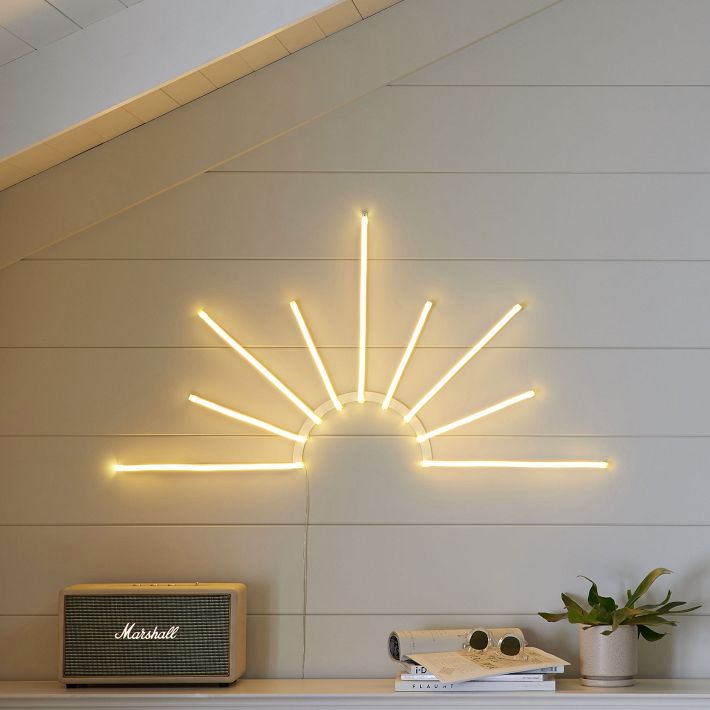Investigating The Way Resolution Influences the Functionality and Visual Caliber of LED Walls in Contemporary Display Technology
Investigating The Way Resolution Influences the Functionality and Visual Caliber of LED Walls in Contemporary Display Technology
Blog Article
Light Emitting Diode screens are becoming more and more common in various settings, including concerts and athletic events to corporate displays and creative installations. One of the most crucial factors that affect the functionality and visual quality of these screens is image clarity. Resolution refers to the quantity of picture elements that compose the image on the screen. Increased image clarity means additional pixels, which can lead to clearer and crisper visuals. Grasping how resolution impacts LED walls can help operators make knowledgeable decisions about their display requirements.
When discussing resolution, it is essential to consider pixel pitch, which is the distance between the center of one picture element to the center of the next picture element. A reduced picture spacing yields a greater resolution, enabling additional clarity in the images displayed. For example, an LED wall with a picture spacing of 1.5mm will offer a sharper visual than one with a picture pitch of 3mm. This is particularly crucial in settings where viewers are near to the display, such as in a compact location or a trade show booth. In these cases, a higher resolution can significantly enhance the observing quality.
Another factor of image clarity is its impact on hue precision and luminosity. LED screens with higher resolutions often have better hue reproduction, indicating that the hues displayed are more vibrant and click here for more realistic. This is essential for uses like advertising, where the goal is to attract attention and communicate a concept efficiently. Additionally, higher resolution displays can maintain brightness levels even when viewed from various perspectives. This is crucial in large locations where viewers may be positioned at various distances and angles from the display.
The performance of LED walls is also influenced by resolution in terms of update frequencies and response times. A greater image clarity screen can support quicker update frequencies, which is crucial for fast-moving material such as films and motion graphics. This indicates that the visuals on the display will look smoother and more fluid, enhancing the overall viewing experience. In contrast, lower resolution displays may struggle with fast-moving content, leading to blurriness or lag. Therefore, for occasions that depend on dynamic images, selecting a screen with a appropriate image clarity is vital.
In summary, image clarity plays a crucial role in defining the performance and visual quality of LED walls. Factors such as picture pitch, hue precision, luminosity, update frequencies, and reaction times all contribute to how effectively a display can convey information and engage audiences. As technology continues to progress, grasping these factors will assist users select the right LED wall for their specific needs, ensuring that they achieve the best potential outcomes in their displays and occasions.